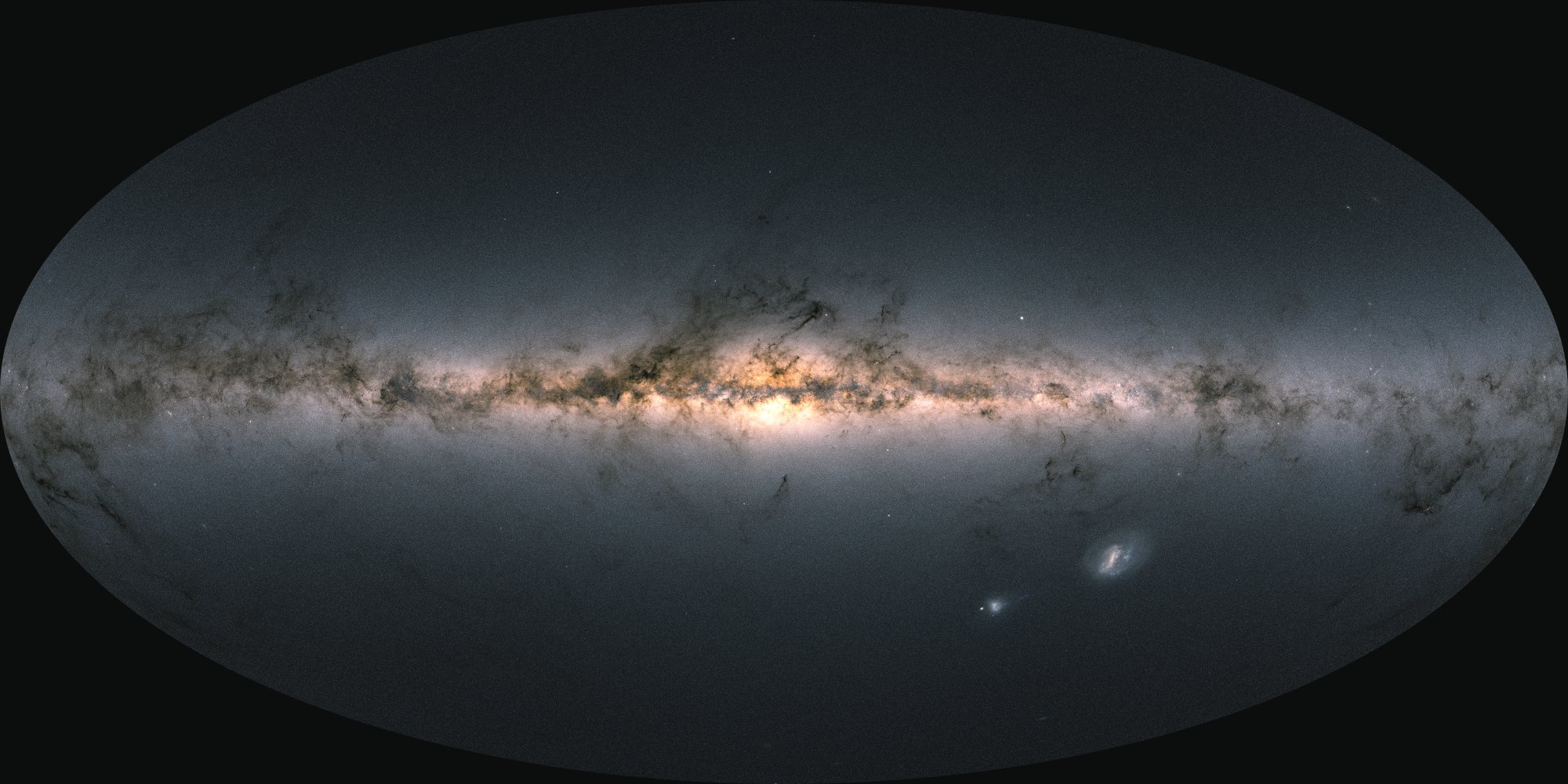Milky Way's thick disc is much older than expected, finds ESA's Gaia mission

- Country:
- Germany
ESA's Gaia mission has found that the thick disk of our Milky Way galaxy began forming 13 billion years ago, around 2 billion years earlier than expected and just 0.8 billion years after the Big Bang.
Using data from Gaia, Maosheng Xiang and Hans-Walter Rix, from the Max-Planck Institute for Astronomy, Heidelberg, Germany performed the analysis. They combined brightness and positional data from Gaia's Early Data Release 3 (EDR3) dataset with measurements of the stars' chemical compositions as given by data from China's LAMOST for roughly 250,000 stars to derive their ages.
The Milky Way galaxy is made of the halo and the disc components. The disc is composed of two parts: the thin disc which contains most of the stars and the thick disc which is more than double the height of the thin disc but contains only a few per cent of the Milky Way's stars. By identifying subgiant stars in these different regions, the team was able to build a timeline of the Milky Way's formation.
Using data from @ESAGaia, astronomers have shown that a part of the Milky Way known as the ‘thick disc’ is much older than expected 👉https://t.co/N4VFkSpdrO #ExploreFarther #GaiaMission📷 Stefan Payne-Wardenaar/MPIA pic.twitter.com/RiLzBYfu7L
— ESA Science (@esascience) March 23, 2022
According to the researchers, the stellar ages reveal two phases in the history of our galaxy:
- In the first phase, starting just 0.8 billion years after the Big Bang, the thick disc began forming stars
- The thin disc of stars that holds the Sun, was formed during the subsequent, second phase of the galaxy's formation.
The analysis also shows that after the star-forming burst triggered by the merger of our Milky Way galaxy with a dwarf galaxy named Gaia-Sausage-Enceladus, the thick disc continued to form stars until the gas was used up at around 6 billion years after the Big Bang.
"Since the discovery of the ancient merger with Gaia-Sausage-Enceladus, in 2018, astronomers have suspected that the Milky Way was already there before the halo formed, but we didn't have a clear picture of what that Milky Way looked like. Our results provide exquisite details about that part of the Milky Way, such as its birthday, its star-formation rate and metal enrichment history. Putting together these discoveries using Gaia data is revolutionising our picture of when and how our galaxy was formed," says Maosheng.
The findings are published in the journal Nature. More information can be found here.
- READ MORE ON:
- Milky way thick disc
- Milky Way galaxy formation
- ESA Gaia mission










